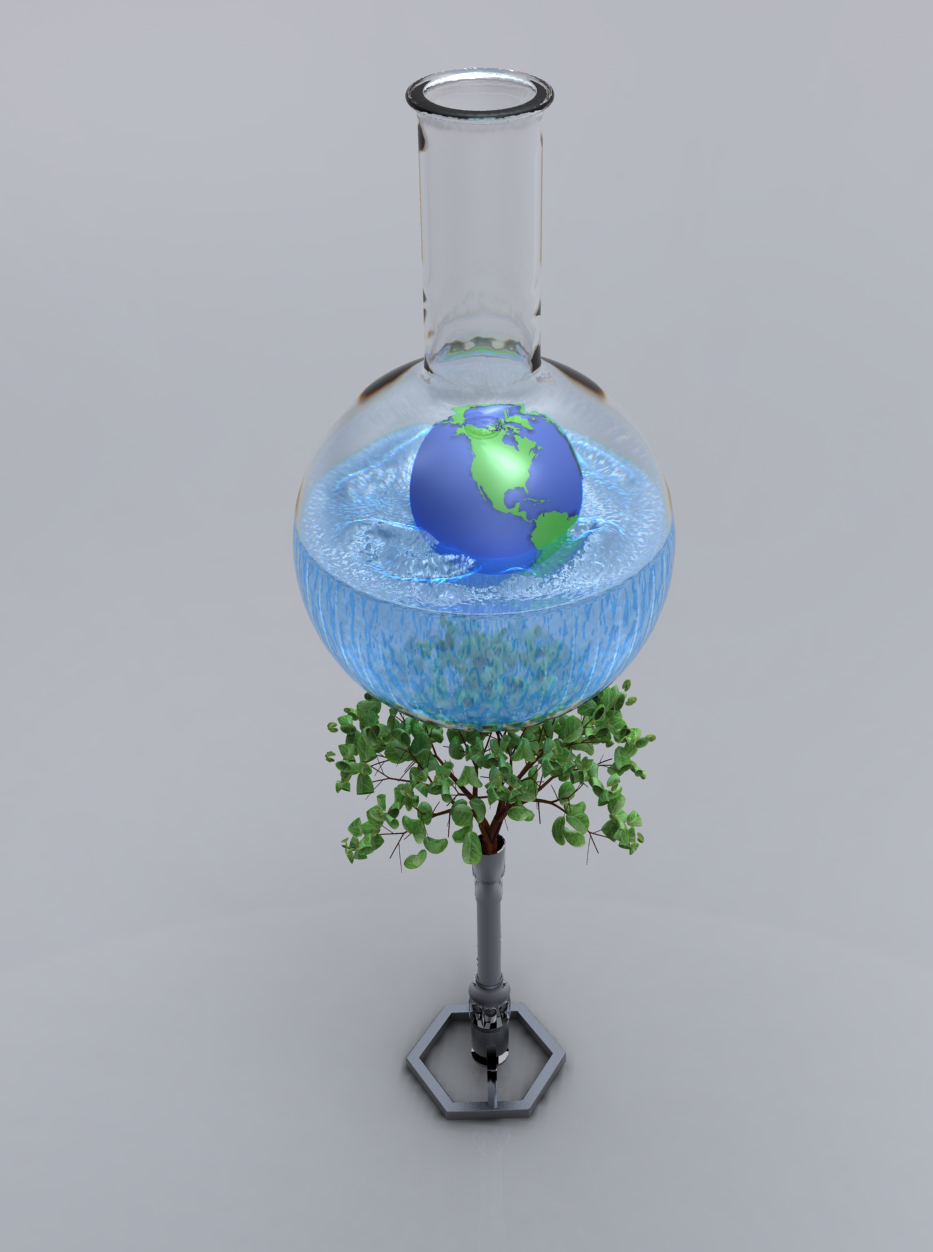
UC Santa Barbara Chemistry Professor Wins Award for New, Highly Useful Reagents in Catalysis
UC Santa Barbara chemistry professor Bruce Lipshutz has been awarded the 2012 Encyclopedia of Reagents for Organic Synthesis (EROS) Best Reagent Award. The annual award is sponsored by Sigma-Aldrich and John Wiley.
"It's a terrific acknowledgement of the students who did the work; this is really their award," said Lipshutz. With his lab team, Lipshutz developed copper hydride-based reagents that can be used in very small amounts, and are capable of several types of reactions potentially useful for the synthesis of various materials –– from drugs to polymers, to naturally occurring molecules.
Aside from being very reactive, said Lipshutz, the catalysts –– called (R)-(–)-DTBM-SEGPHOS copper hydride; and (S)-(+)-DTBM-SEGPHOS-copper hydride –– are versatile, inexpensive, and produce high yields of the desired products.
"We want to push the envelope as to how low a level of these reagents can be utilized yet still be effective with this kind of chemistry, especially when being done in water rather than in organic solvents," said Lipshutz, who will be giving the award lecture at Wayne State University in the fall.
Lipshutz and his lab are part of an emerging movement called "Green Chemistry," a field that emphasizes environmentally benign processes. These involve reduced energy requirements, the use of less hazardous and more environmentally friendly chemicals, and the reduction of waste. In 2011, Lipshutz won the Presidential Green Chemistry Challenge Award, given to a single academic –– in this case, for the development of an enabling technology that allows these types of metal-catalyzed reactions to be conducted in water, and at room temperature. The more traditional approach typically involves using organic solvents and energy in the form of applied heat.
Lipshutz's technology also has the added benefit of being "benign by design;"
based on innocuous vitamin E, it results in virtually no pollution. In water it forms nanoparticles that serve as nanoreactors wherein the catalytic reactions take place.
Specially-engineered surfactants make synthetic chemistry processes efficient by eliminating side-product formation that typically results from heating, Lipshutz said. They also reduce the need for both purification and the disposal of potentially hazardous waste, and usually result in a reduction in costs associated with those processes. Catalysts –– substances that facilitate or generate reactions without themselves being consumed or changed by the process –– are particularly favored because they are used in small amounts and can oftentimes be recycled.
"In addition to the upfront costs, re-purification and/or disposal of organic solvents can be expensive," said Lipshutz, who estimates that pharmaceutical companies produce roughly 50-200 kilograms of waste for every kilogram of drug.
"Why not get the best of all worlds –– why not benefit from their spectacular products that are so essential for maintenance of human health, and yet, not create such enormous organic waste, over 70 percent of which is organic solvent," he said. "Organic chemists are paying serious attention to this issue, which is a natural outgrowth of the industry. We as a community –– worldwide –– have certainly contributed to these environmental problems, but we can surely help to solve them as well; and that is exactly what we at UCSB plan to do."
† Bottom photo: "Green Chemistry" of the type Lipshutz and his lab focus on aims to create more efficient and higher yield reactions in a more environmentally benign setting.
Credit: Peter Allen
Related Links



